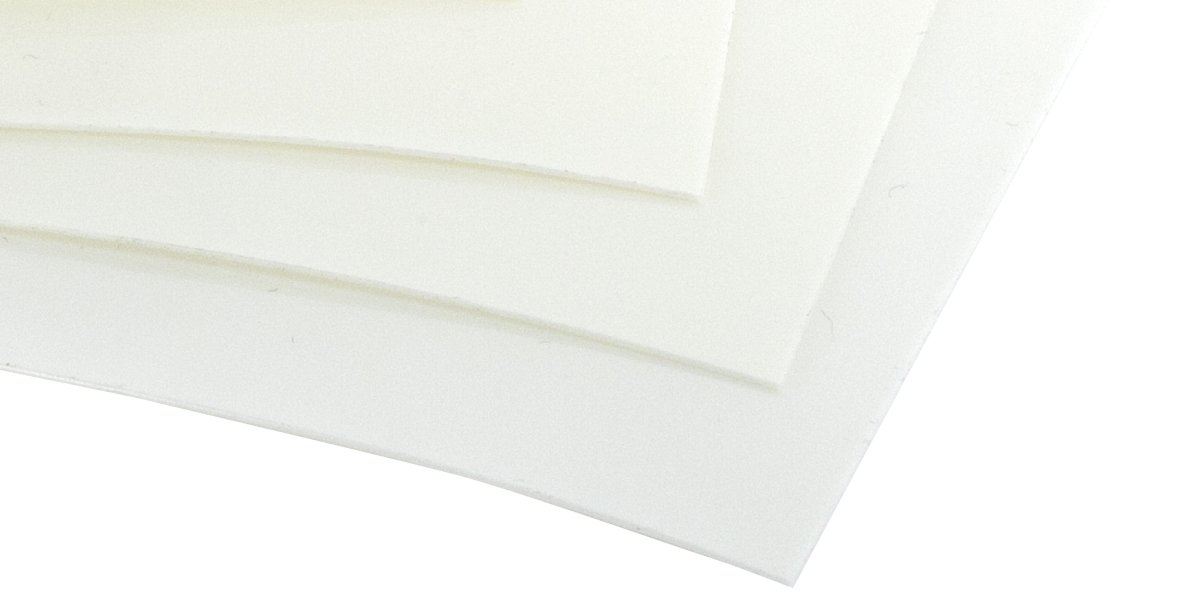If you are looking for a PET film for your needs, then Mylar is one of the best brands in the market. A PET is a polyester or polyethene terephthalate. This is a thermoplastic which is made up of dimethyl terephthalate (DMT) and ethylene glycol.
It is crystal clear and offers high performance if you compare it with other polymer firms. It has greater tensile strength, low moisture absorption, strong dimensional stability and maintains its physical properties when tested under a wide range of extreme temperatures.
It also has good resistance to UV, optical clarity, good gas barrier, excellent electrical properties and high gloss. This type of film is best suited for printing and laminations. They tend to have a high melting point so it's most suited for materials that require high temperatures for sterilisation.
There are many different PET film brands in the market. One of the most common and highly demanded is Mylar. It is a film produced by DuPont Teijin Films. Here we’ll take a closer look at exactly what Mylar is and what it can be used for.
Polyester Film
Polyester film is biaxially oriented, meaning it was stretched in two directions during the manufacturing phase of the polyester film. It is one of the best films with balanced dimensional stability allowing it to retain its properties under extreme temperatures.
There are different types of Mylar film available, depending on what your requirement is and what you are looking for. You can also include an added coating on Mylar to provide resistance against chemicals and scratches.
Properties of Mylar
Mylar is a polymer film which has very specific properties.
· It has optical clarity. Its chemical makeup enables it to act as either crystalline, amorphous or a combination of the two, depending on the industry they are being used in.
· It is clear with a glossy finish. Its texture can vary, going from hazy to a rough surface or a matte finish.
· The surface has anti-glare and anti-fog properties. The makeup of the film will not change under strong sunlight or due to humidity etc.
· It can be used to change the appearance of applications or settings by treating them with various chemicals. This can improve the adhesion or coating of the Mylar.
· It has very strong heat-stabilising properties. It does not change its appearance; expand or shrink, under different temperatures. It can handle a temperature between - 70 °C to 150 °C. It has a melting point of about 200 °C.
· It has resistance to impact with high tensile strength. It allows it to be used in places where exposure to debris or force is expected.
· It is chemically inert and thus does not react with any other material.

Processing
Mylar can be processed in a multitude of ways. The manufacturer of Mylar has recommended a guideline for how Mylar can be processed. They can be done by:
· Printing the Mylar and using it directly
· Cutting it out
· Punching it out
· Embossing it for use
· Using heat to seal it
· Bonding it with other raw materials for different uses, which are mentioned later
· Thermoforming
Uses and Applications of Mylar
Applications
Mylar can be used for:
· Separating coils
· Slot liners
· Intecoil insulation
· A barrier for high-frequency welding
· Outer wrap
· Membrane touch switches
· Using solvent-based colours, it can be used to print technical screens.
· Circuitry layers
· Industrial mould
· Die-cut parts
· Membrane keyboards
· Film for decorative covering
· Stickers
· Self-adhesive labels of high quality
· Flexible conductive tracks
· Displays
Uses
Mylar has very high dimensional stability and is used in a wide variety of industries such as packaging and printing, electronic, imaging, consumer and speciality products, etc.
Packaging and Printing - Mylar is one of the most durable films available. It has the best optical clarity and thermoformability. It is thus used in clear packaging. The most common use of this material is in the food and beverage industry.
Because of its ability to withstand high temperatures, it is available in grades compliant with USDA and FDA safety regulations for food. It can be used to cover the food and keep it from decomposing or being affected by open air.
Display and signage application - Mylar film is also used for display applications and for signage. It is one of the most popular materials used. It has properties that enable it to protect the material it is covering, by preventing the material from shrinking.
Mylar is non-reactive in itself but different compounds can be made by combining it with other raw materials. It can then be used to add graphic elements, or for printing. It can also be used to make display signs that are placed outdoors for advertisement or other reasons. It can also be used to print ID cards for your business.
Printed Electronics and Circuits - Another usage of Mylar is in printing electronics and circuits. This is because of its properties which make it very heat resistant. Electronics and circuits deal with electricity, heat and friction.
Most materials would melt or be unable to handle the heat produced, but due to the temperature resistance of Mylar, it is not impacted by the wiring and heat, maintains its original form and does not lose its chemical composition.
Final Thoughts
Mylar is an extremely versatile material that has a wide range of applications. It can be used for anything from packaging and labelling to creating display cases and protective covers. If you're looking for an affordable, durable, and lightweight material that can do it all, Mylar may be the perfect option for you.



